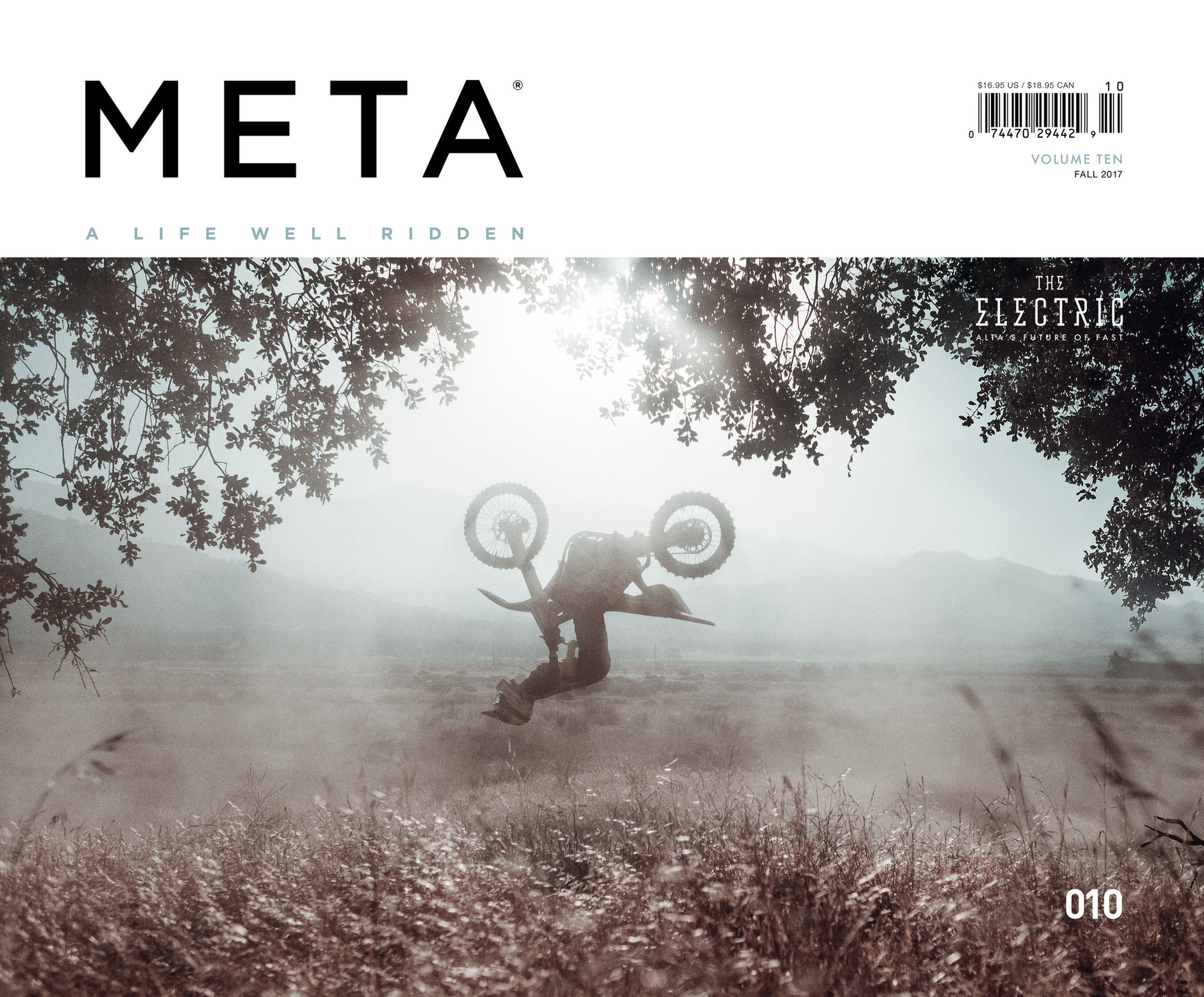

" unu data" is a much easier way of doing the exact same Number of lines in the header) to get at all the data, so as to pass
Metaimage volume plus#
" tail +N volume.nrrd" (where N is two plus the Implementation, you can always use the unix/GNU/linux/cygwin command Using a data encoding not supported by the available nrrd If you have a NRRD file volume.nrrd, with an attached header, The only optional encodings which may beĪdded to NRRD in the future will be ones for which there exist freelyĪvailable command-line tools to convert the encoded data (in That few readers actually support all of the 121 Is no risk that NRRD will turn into another TIFF, a format so flexible Other optional encodings may be added in the future. Builds of the nrrd library which are missing theĬompression encodings will fail with a warning message when asked to Having an optional encoding means that the nrrd library can beĬompiled without these turned on, so that no external libraries are bzip2: Allows you to read and write data withīzip2 compression, compatible with the bzip2/bunzip2 command-line tools.gzip: Allows you to read and write data with the zlibĬompression library, in a way that is compatible with the gzip/gunzip.hex: If you know enough PostScript to learn the imageĭimensions, this allows you to snarf image data out of a PostScript file.It has other optionalĮncodings which are useful in different situations: NRRD has two basic encodings: ascii and raw. Many aspects of the NRRD format borrow heavily from the PCGV volumeĭataset format developed by James Durkin at the Cornell Program of Very sophisticated, powerful (complicated) formats such as HDF.Raw, headerless data, hopefully with some nearby README file.Intended to occupy the very large but sparsely populated niche between As a general representation of raster data, NRRD is Node- versus cell-centered samples), but the feature set has very Gradually increased its complexity (such as with the introduction of Time and experience with the NRRD format has Programmers, and descriptive of a sufficiently large class of data toīe useful in research. The PPM format for color images: straight-forward, friendly to The NRRD file format was also conceived as being somewhat analogous to Key/value pairs (of strings) are stored in plain text, one pair per line. Recorded, but not altered to match one particular endianness. When writing non-ASCII data, the byte ordering is Most strings are case insensitive, andĪlternate forms of many of the identifiers and descriptors areĪllowed. The fields in the header do not have a strict ordering, and The NRRD header is simple ASCII text, one field Like the nrrd library, the main virtue of the NRRD fileįormat is stark simplicity.
Metaimage volume full#
(See also full definition of NRRD format.) Teem / nrrd General Description of the NRRD format General Description of the NRRD format Teem: nrrd: General Description of the NRRD format


 0 kommentar(er)
0 kommentar(er)
